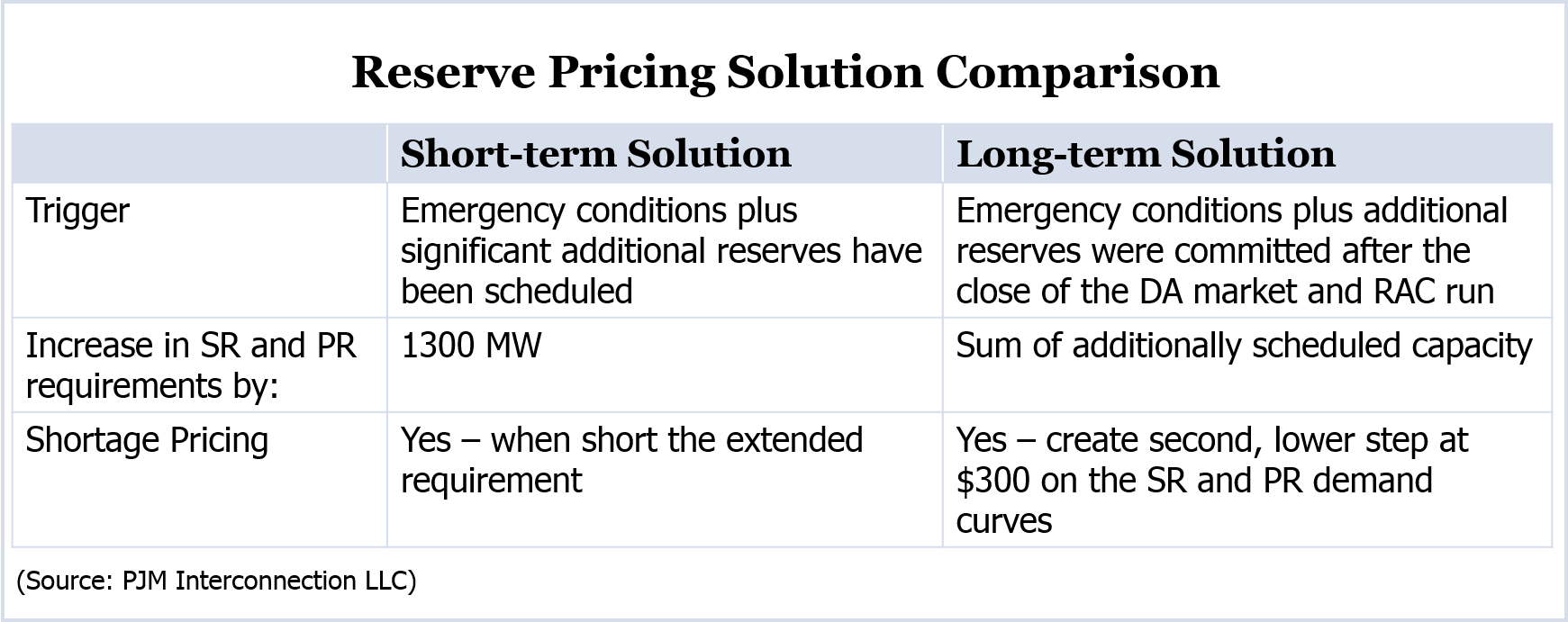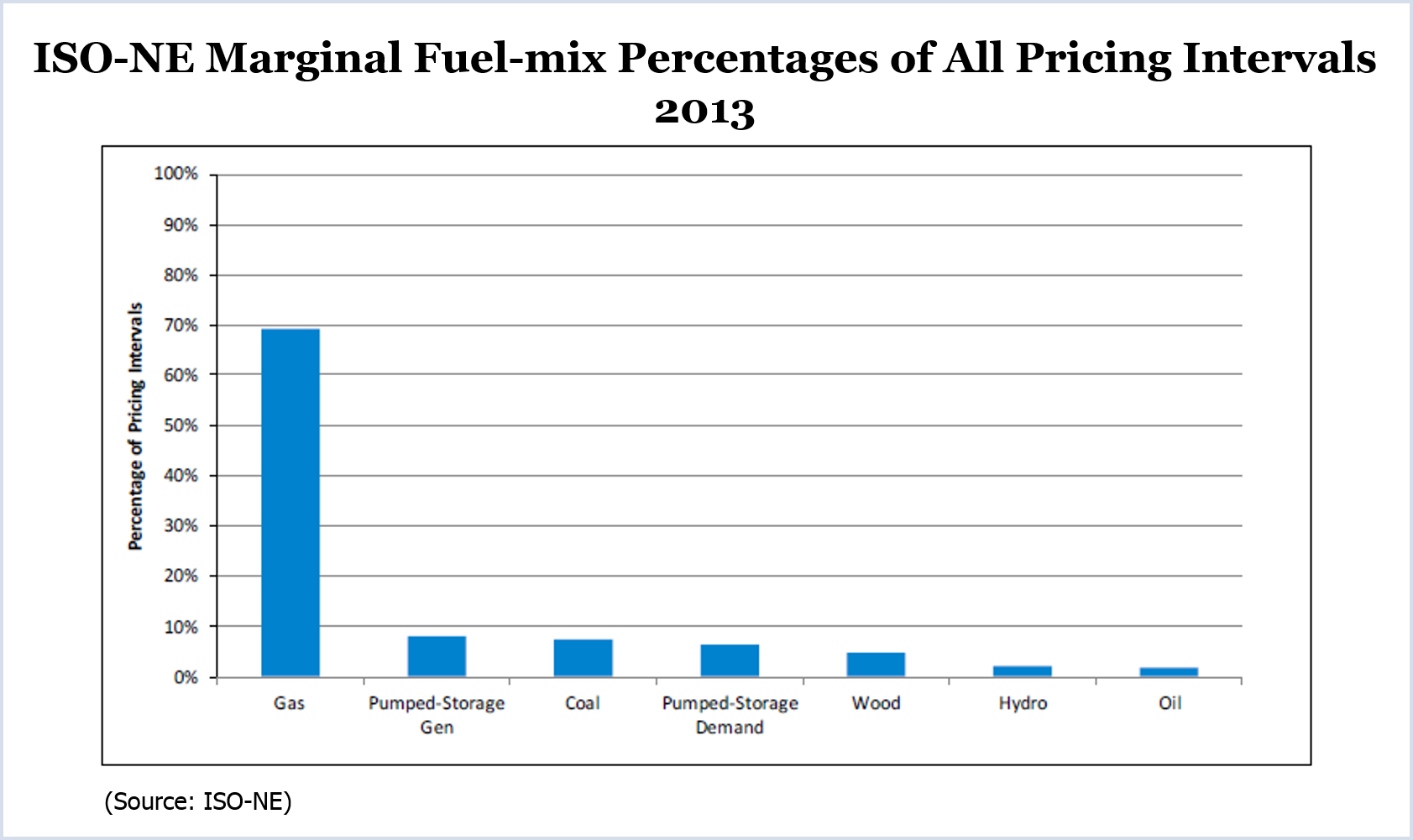By Michael Brooks

SCC staff said EPA’s “arbitrary, capricious, unsupported and unlawful” plan could cost Dominion Virginia Power customers alone between $5.5 billion and $6 billion. “Contrary to [the EPA’s] claim that ‘rates will go up, but bills will go down,’ experience and costs in Virginia make it extremely unlikely that either electric rates or bills in Virginia will go down,” staff said.
The EPA’s proposed regulations, announced in June, call for a 30% reduction in carbon emissions from the country’s existing power plants’ 2005 levels by 2030, with individual targets for each state. (See Carbon Rule Falls Unevenly on PJM States.) Virginia would be required to reduce its generating plants’ emissions to 884 lbs./MWh by 2020 and to 810 lbs./MWh by 2030.
Stranded Investments
The EPA’s modeling predicts that Virginia utilities will have to retire 2,851 MW of fossil-fuel generation and build 351 MW of wind power before 2020, “a timeframe that compromises reliability,” staff said.
The retirements threaten “several billions of dollars of recent investments in existing coal-fired facilities in Virginia and West Virginia that Virginia ratepayers have only begun to pay off. Much of this investment has been constructed to comply with EPA consent decrees on which the ink is hardly dry,” staff wrote.
Staff also claims the regulation would impose more stringent emission requirements on existing generators than the EPA is requiring in a separate standard for new generation.
While existing plants in Virginia will eventually be limited to 810 lbs./MWh, new coal plants, built with the best available carbon-capture technology, are limited to 1,000-1,050 (depending on the size), while new natural gas plants are limited to 1,100.
“It would be hard to imagine the EPA advancing such a proposal in areas that are more familiar to everyday life,” SCC staff said. “Would it be rational to require the current owners of automobiles or lawnmowers throughout Virginia, for example, to meet an emission standard that is 26% more stringent than required for the production of new cars or lawnmowers that must use the best available technology?
“Turning regulation on its head in this way — requiring older, but still useful equipment to meet a standard that the EPA admits cannot be achieved even by entirely new equipment — is a recipe for stranding prior investments and requiring significant additional investment.”
Reliability Impact
SCC staff said that they analyzed Dominion’s 2013 integrated resource plan as a reference to estimate the cost of complying with the EPA’s rule. One of two scenarios in the IRP, the Fuel Diversity Plan, calls for the addition of a third unit at the utility’s North Anna nuclear plant. (See SCC: Dominion IRP Lacks Analysis of Nuclear Plans.)
This plan would allow the state to meet its 2030 goal, the SCC staff said, but they altered it to include 69 MW of wind generation and more coal plant retirements than originally called for to meet the interim 2020 goal.
“These retirements are of grave concern because the power plants involved are used today to ensure reliable service to Virginia customers, have years of useful life remaining and cannot be replaced overnight or without regard for impacts on the electric system,” staff said.
Staff said the regulations set “generic and unsupported expectations of levels” of renewable generation and energy efficiency that “are extremely ambitious, almost certainly unachievable and uneconomic under traditional standards.”
Enviros: SCC Staff ‘Playing Politics’
Several environmental groups, however, criticized SCC staff’s assertions as inaccurate.
“The SCC staff analysis is just plain wrong,” said Glen Besa, director of the Sierra Club’s Virginia Chapter. “They’re playing politics with climate change science and they have no business doing that, and they’re bringing discredit on the commission.”
“The SCC staff crossed the line in their hastily submitted comments to EPA and I think they’ll ultimately regret that mistake,” said Dawone Robinson, the Chesapeake Climate Action Network’s Virginia policy director. “I think they misread the rule.”
Specifically, Robinson questioned the use of Dominion’s Fuel Diversity Plan as a way to comply with the regulations.
“SCC staff seems to suggest that in order to comply with the Clean Power Plan, Virginia needs to invest in a third nuclear reactor at North Anna, and that simply isn’t the case,” Robinson said. “Additionally, many of the coal plant retirements and natural gas conversions that the SCC staff suggests will hamper the state … were proposed by the utility before the Clean Power Plan was even released.”
Robinson’s comments echo those made by Cale Jaffe, director of the Southern Environmental Law Center’s Virginia office, to The Richmond Times-Dispatch.
“It appears the staff has misread the rule,” Jaffe said. “Analyses that we have reviewed show that Virginia is already 80% of the way to meeting Virginia’s carbon pollution target under the Clean Power Plan.
“Almost all of those reductions are coming from coal plant retirements and natural gas conversions that the utilities put in place long before the Clean Power Plan was even released.”
The EPA, which will be accepting comments on the proposed rule through Dec. 1, will issue the final rule in June 2015.







